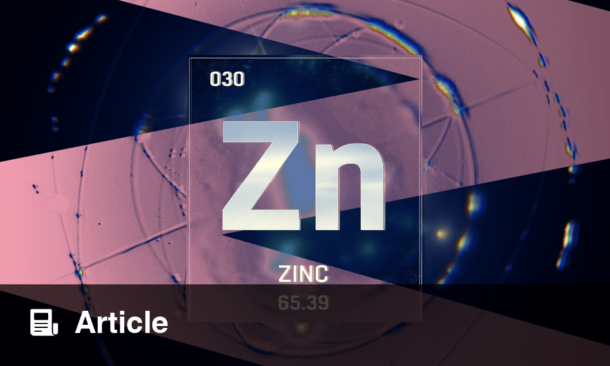WOMEN experiencing hot flashes have been found to be more likely to receive a diagnosis of metabolic dysfunction-associated steatotic liver disease (MASLD), regardless of hormone therapy use. Reproductive aging is associated with the accumulation of cardiometabolic risk factors, but also progressively increasing risk for cardiovascular disease, according to Eleni Armeni, National and Kapodistrian University of Athens, Greece. MASLD is also linked to higher CVD risk, though little research has been done into this association.
In a cross-sectional study, researchers evaluated 106 peri- and postmenopausal women from an outpatient university menopause clinic in Athens, Greece. Researchers estimated the extent of steatotic liver disease via the fatty liver index; a score of 60 or greater is an established cutoff for MASLD. MASLD was defined as the presence of one or more of the following risk factors observed in women with hepatic steatosis: BMI of 25 kg/m2 or higher or waist circumference 85 cm or greater; fasting glucose of 100 mg/dL or higher or Type 2 diabetes; blood pressure of 130/85 mm Hg or higher or antihypertensive treatment; triglycerides of 150 mg/ dL or higher or related treatment; and HDL cholesterol of 40 mg/dL or lower or lipid-lowering treatment. Severity of vasomotor symptoms was assessed using the Greene Climacteric Scale.
The team found that 42 of the women had moderate to severe vasomotor symptoms and 64 women had no to mild vasomotor symptoms; 17.1% of women had MASLD and 82.9% had normal liver function. Women with MASLD were more likely to be overweight or obesity, the researchers reported. Compared with no to mild hot flashes, moderate to severe vasomotor symptoms were associated with a threefold greater risk for MASLD (odds ratio [OR] = 3.022; P = 0.041). When researchers restricted the analyses to early postmenopausal women within 5 years of their final menstrual period, those reporting moderate to severe hot flashes were at ninefold greater risk for MASLD compared with those reporting few or no symptoms (OR = 9.333; P = 0.045). Women with MASLD were also more likely to report moderate to severe vasomotor symptoms compared with women without MASLD.
“The association between vasomotor symptom severity and MASLD is present regardless of use of hormone replacement therapy,” Armeni concluded. “It is important to assess for CV risk when evaluating women experiencing troublesome vasomotor symptoms.”
Reference
Armeni E et al. OR25-02. Presented at: ENDO annual meeting; June 1-4, 2024.








